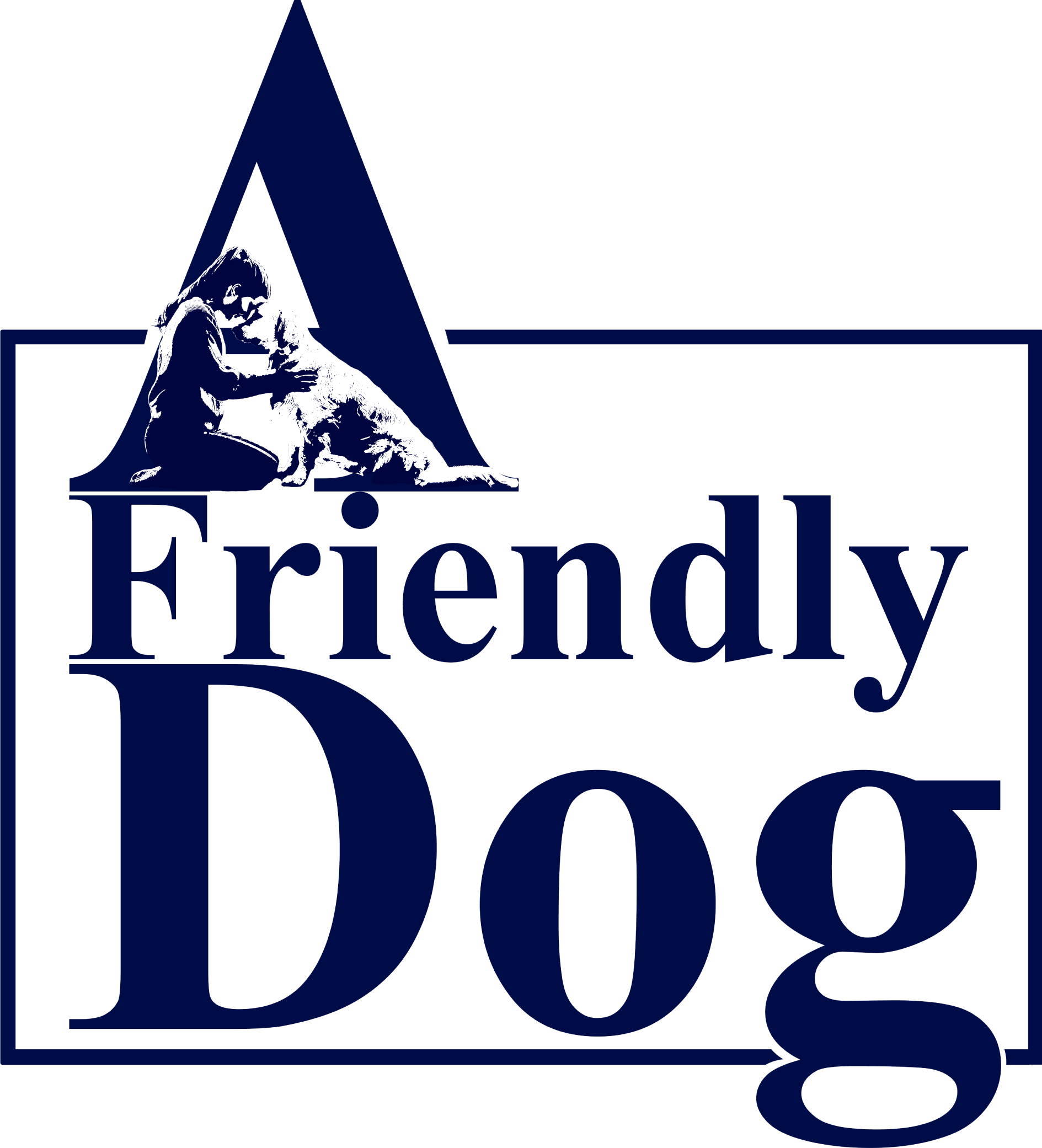It is easy to overlook the optimal dietary needs of one’s dog when they are solely consuming canned food from a factory and commercially produced kibble. While this may not be the most detrimental situation, it is undesirable to witness one’s dog consuming a mushy and unappetizing substance. However, it is not always feasible to prepare healthy meals from scratch, whether due to time constraints or being on the go. Consequently, it becomes crucial to ascertain what truly constitutes the best diet for one’s dog. Presented below are several methods to determine the most suitable food options for your canine companion.
Firstly, it is essential to identify and address your dog’s specific dietary requirements. It is a well-known fact that trendy dog food often caters to human preferences at the time. This approach allows pets to feel like integral members of the family, and if the quality of the food is at least satisfactory, it can provide the necessary nutrition to meet common canine needs. It is prudent to avoid unnecessary visits to the veterinarian, and therefore, adopting a holistic approach that incorporates natural foods and focuses on enhancing the dog’s physical and mental well-being is advisable. This approach can be particularly beneficial for senior dogs with weight issues or underweight dogs that struggle with obedience.
While flavor may not be the sole determining factor, it does hold significance. Dogs often find the sound of their food packaging being opened exciting. Whether it is a can, pouch, bag, or box, it is important to ensure that the chosen packaging is suitable for storage and allows for easy determination of perishability. It may be helpful to create a list and ask oneself the following questions:
- What does the dog appear to derive pleasure from? Does the dog derive pleasure from a combination of meats and vegetables, or is the dog a devoted carnivore? Perhaps a consistent supply of the dog’s preferred food is precisely what they require, or maybe they prefer variety instead. Assess their preferences and follow their lead.
- Does the dog enjoy indulging in a gravy-based stew, or does the dog prefer a more sophisticated pate-like texture? This will assist you in identifying a basic product to seek out and compare different brands. Even for dogs, part of the enjoyment of eating lies in the presentation.
- Is it feasible to prepare food for your dog at home? By doing so, you may save some money, feel more confident in providing them with extra care, and have a clear understanding of the ingredients in their meals. Proper meal preparation is crucial, and with careful planning and appropriate storage equipment (such as freezer bags), you can easily incorporate this activity into your busy schedule. However, if you lack the time, there are numerous commercially available options for dog food that closely resemble homemade meals.

